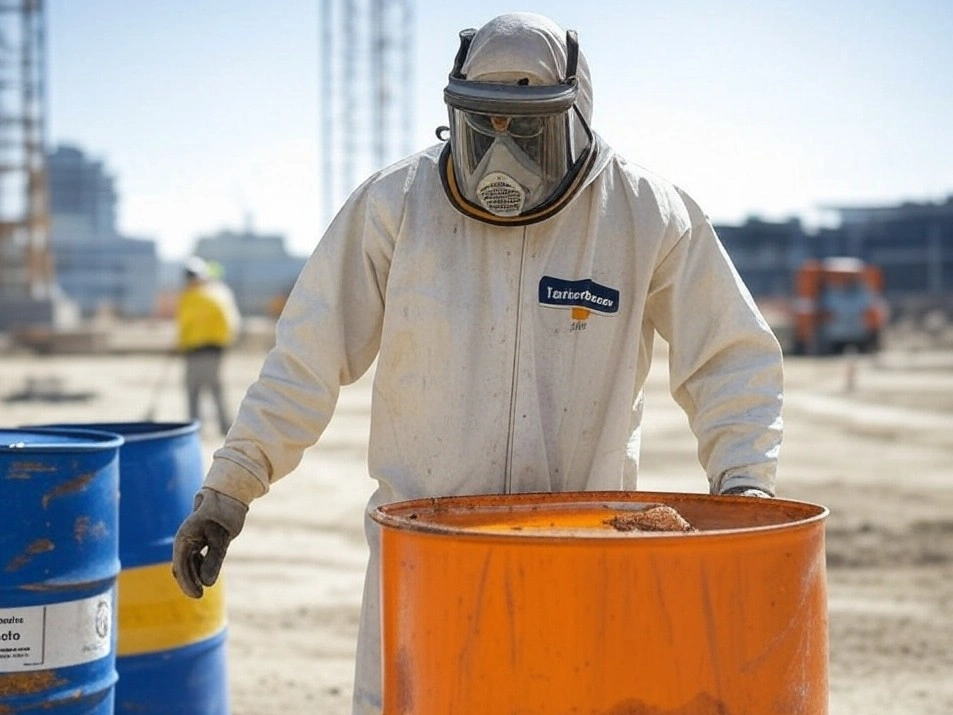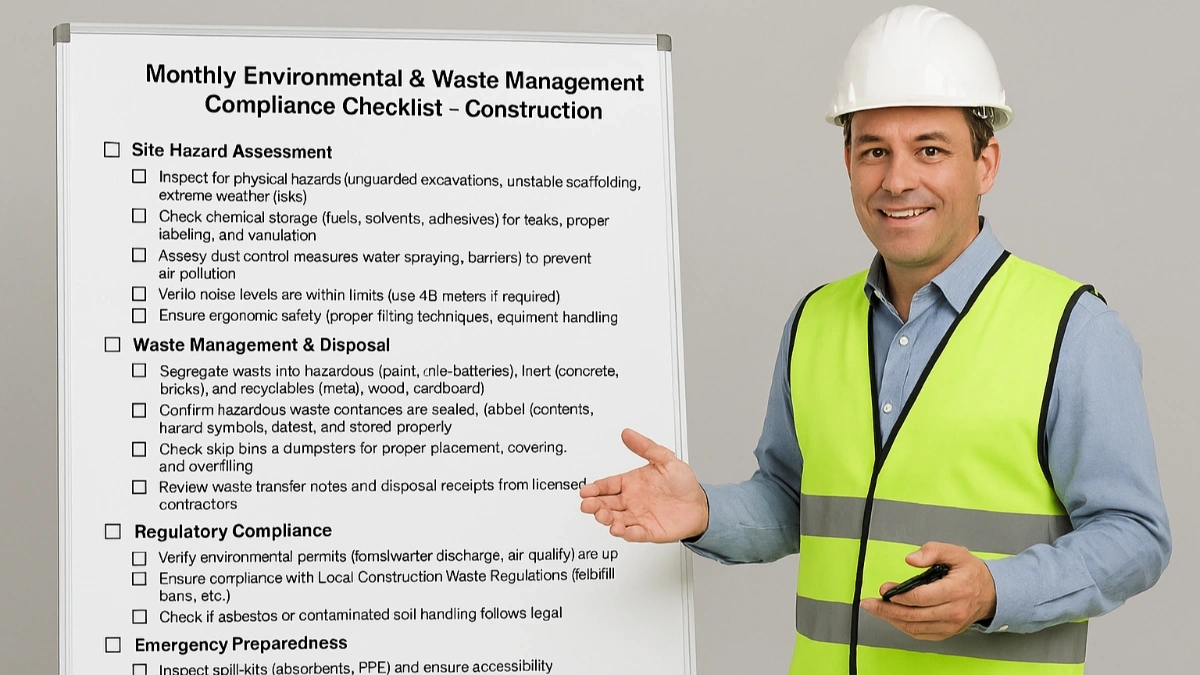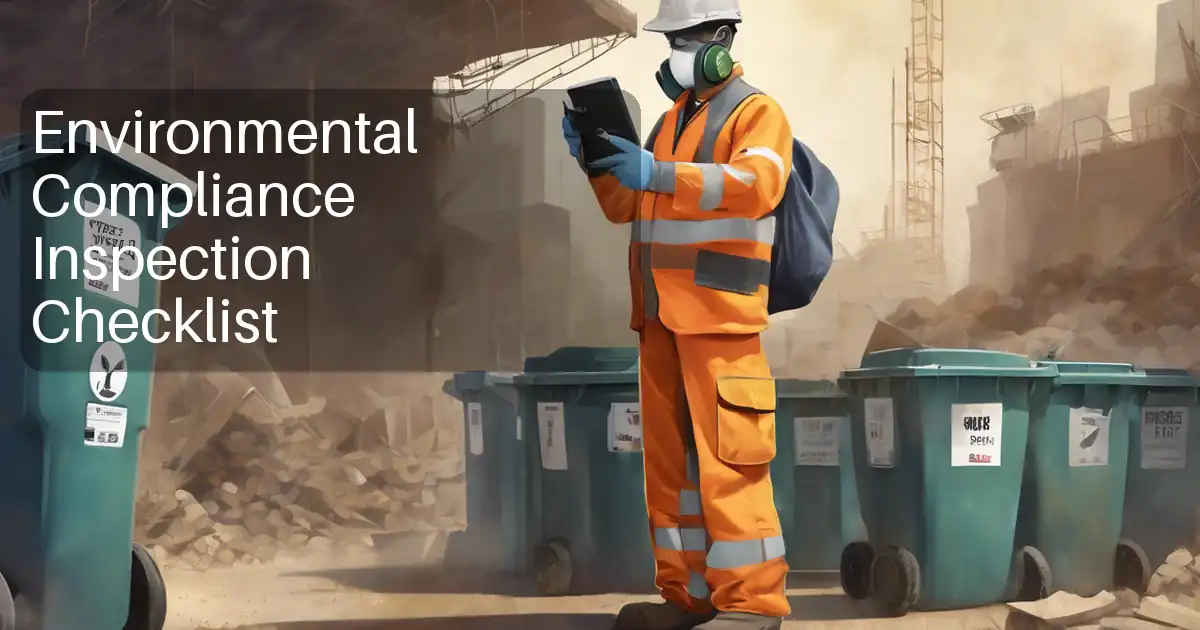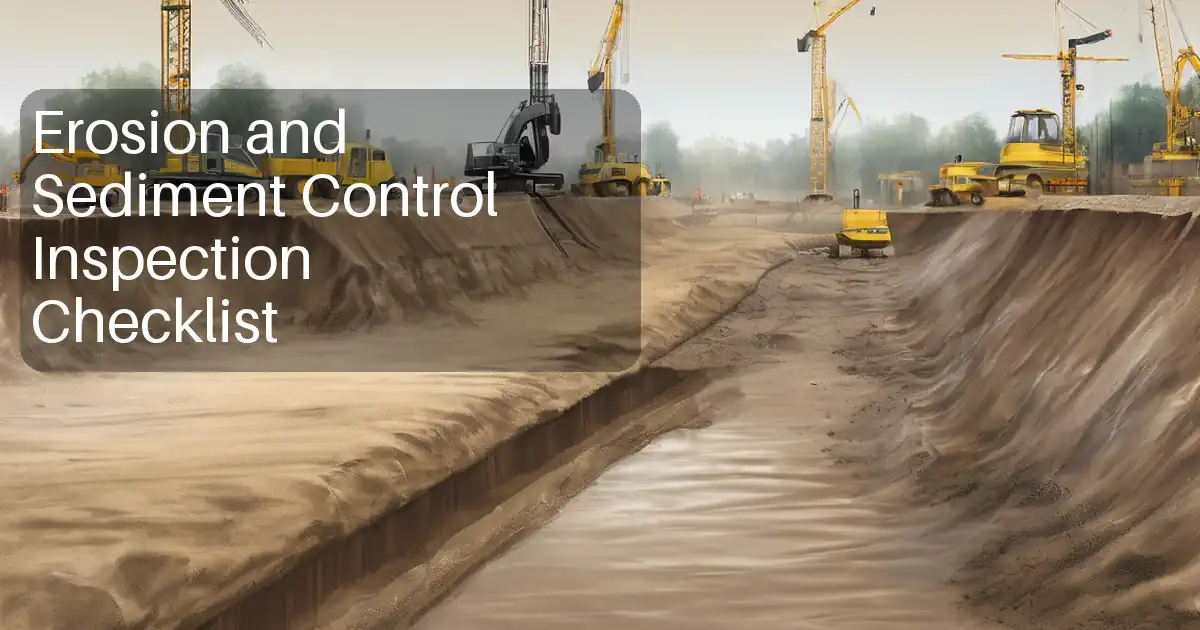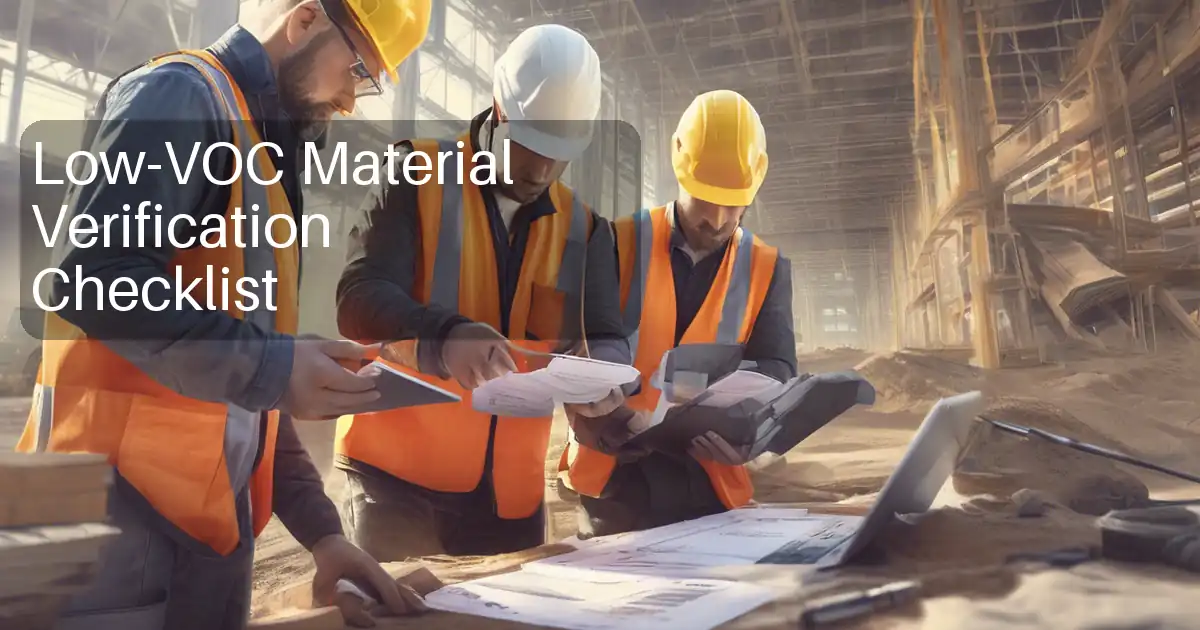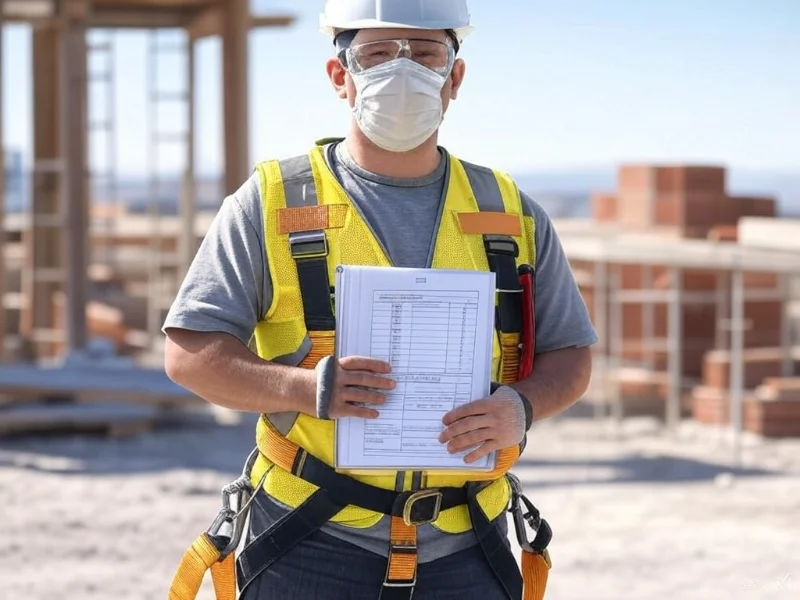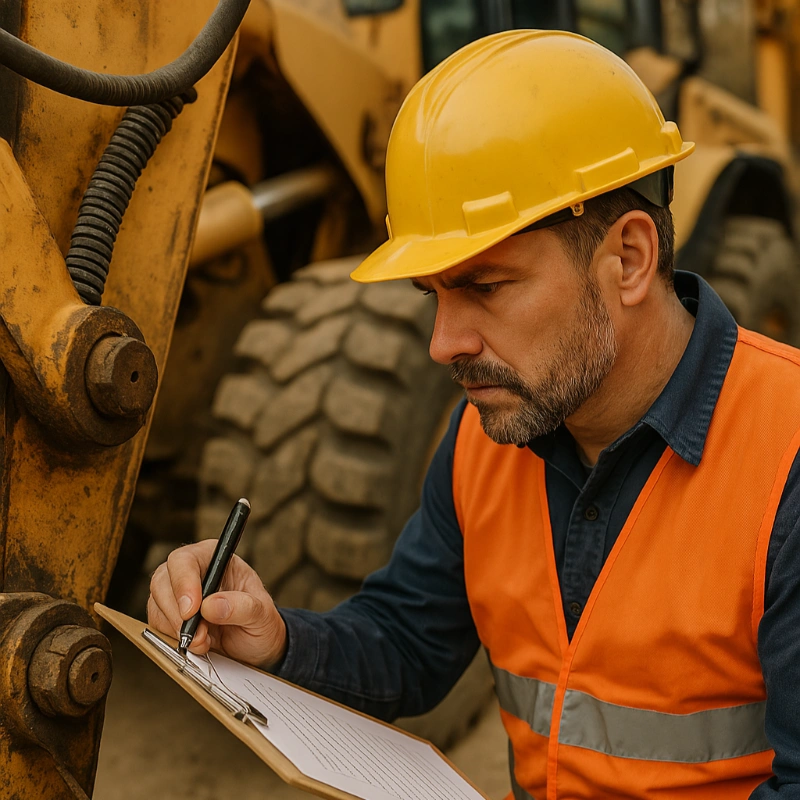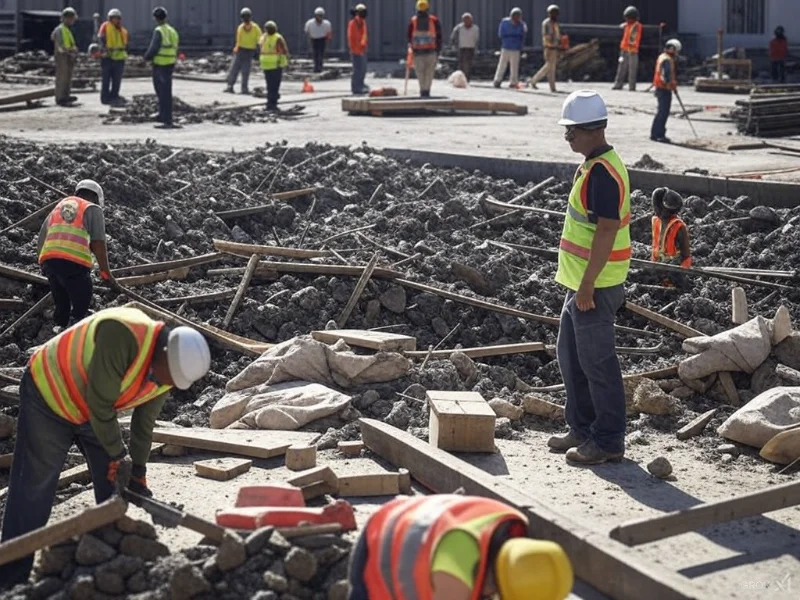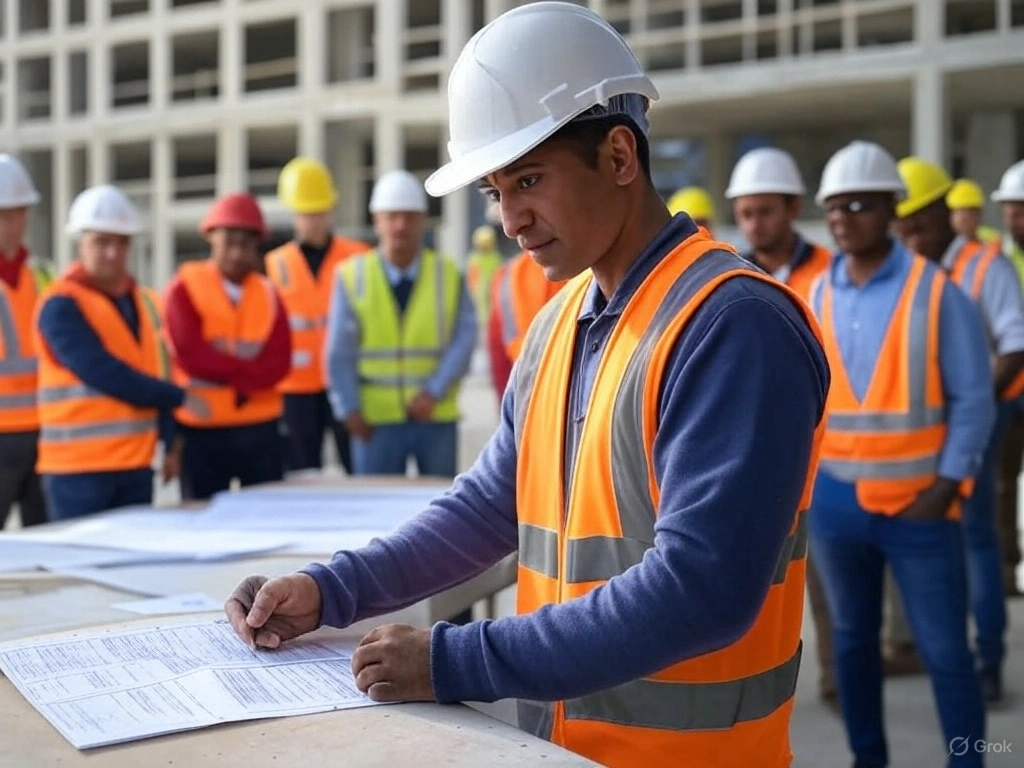Effective Strategies for Environmental Compliance in Construction
Introduction:
Emphasizing Environmental Responsibility in Construction: The construction sector significantly impacts sustainability through its operations. This industry not only faces the challenge of meeting global demands for infrastructure but also the imperative of reducing environmental footprints. The integration of Environmental, Social, and Governance (ESG) factors into construction projects is not just a regulatory requirement but a strategic component essential for modern operations. This guide highlights crucial practices for effective environmental and waste management that ensure safety, compliance, and sustainability in construction projects.
Environmental Management in Construction: Trends and Best Practices
Trending Topics:
-
Sustainable Construction Practices: Emphasizing the use of recycled materials and effective site waste management to minimize environmental impact.
-
Digital Tools for Environmental Management: Leveraging AI and data analytics to predict environmental risks and optimize resource use.
-
Enhanced Regulatory Compliance: Navigating the evolving landscape of global environmental regulations to ensure construction projects meet all legal standards.
Identifying and Managing Environmental Hazards in Construction:
Understanding and mitigating environmental hazards are crucial for maintaining safe and sustainable construction sites. This section discusses the types of hazards commonly encountered in construction and the best practices for managing them effectively.
-
Physical Hazards: Includes risks from exposure to harmful dust and particulate matter during demolition and construction activities, as well as noise pollution from heavy machinery.
-
Chemical Hazards: Focuses on the proper storage and handling of construction materials that could lead to spills or air quality issues.
- Biological Hazards: Covers the management of mold and allergens, particularly in renovation projects.
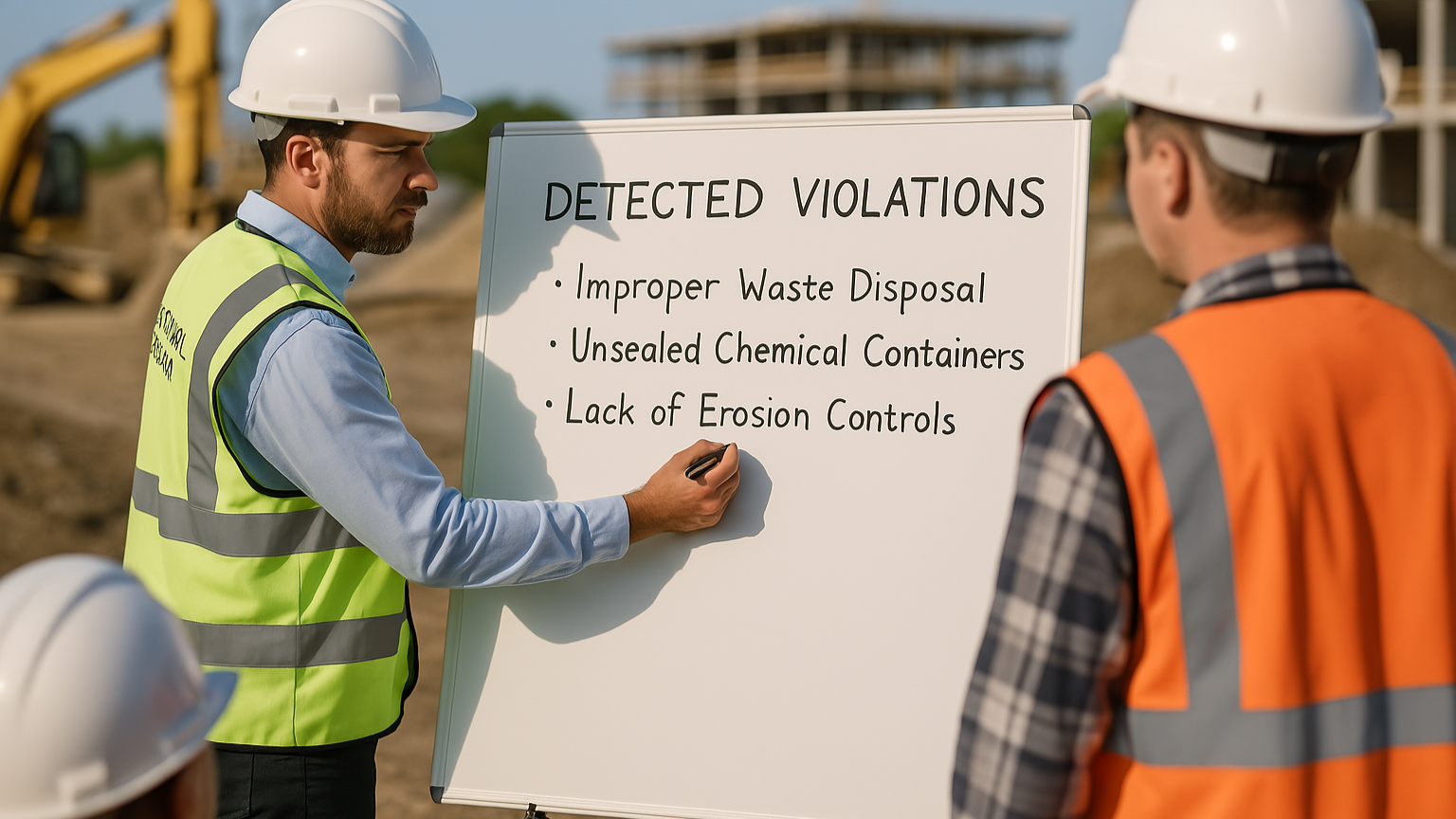
Best Practices for Waste Disposal and Management:
A critical component of construction operations involves the effective management of waste materials. This section outlines strategies to adopt the waste hierarchy—reduce, reuse, and recycle—and implement advanced waste treatment technologies.
Regulatory Framework and Compliance in Construction:
Detailed coverage of construction-specific regulations ensures that projects adhere to the highest standards for environmental safety and waste management. This includes compliance with local and international laws regarding waste disposal, emissions control, and hazardous materials handling
Free Downloadable Checklist:
To facilitate the application of these practices, we provide the Monthly Environmental & Waste Management Compliance Checklist for Construction, available as a free download in Word, Excel, and PDF formats. This checklist is designed to help construction managers ensure their sites operate within regulatory requirements, effectively manage waste, and minimize environmental hazards.
Conclusion:
Building Towards a Sustainable Future: The construction industry plays a pivotal role in shaping a sustainable future. By implementing the strategies outlined in this guide and utilizing the downloadable checklist, construction businesses can enhance their environmental management practices, ensuring their projects are safe, compliant, and sustainable.
Download the Checklist Today:
(As long as it is still free)
Maximize safety and compliance in your construction projects. Download our comprehensive checklist now and take a significant step towards optimizing your environmental and waste management strategies.
Environmental Hazards and Waste Disposal checklist (Word Format)
Environmental Hazards and Waste Disposal checklist (Excel Format)
Environmental Hazards and Waste Disposal checklist (PDF Format)
Environmental Hazards and Waste Disposal checklist (Image Format)
